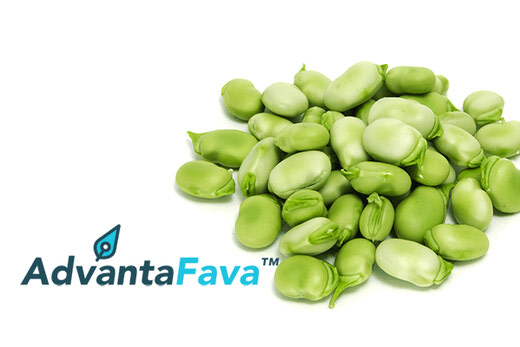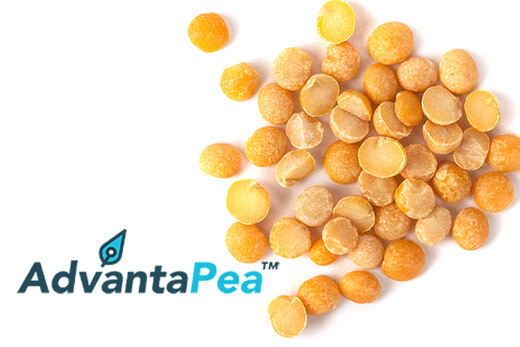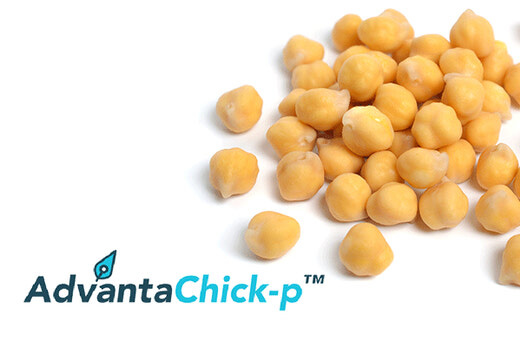Today, the U.S. Food and Drug Administration is announcing a final rule to update the definition of the nutrient content claim “healthy.” There is an ever-growing crisis of preventable, diet-related chronic diseases in the U.S. that requires immediate action. The updated “healthy” claim marks an important step in fulfilling the FDA’s nutrition priorities, which are part of a whole-of-government approach to address this crisis. This rule will help ensure that consumers have access to more complete, accurate, and up-to-date nutrition information on food labels.
The "healthy" claim has been updated to help consumers find foods that are the foundation of a healthy dietary pattern and could also result in the development of healthier foods. Manufacturers can voluntarily use the “healthy” claim on a food package if a product meets the updated definition.
“It’s critical for the future of our country that food be a vehicle for wellness. Improving access to nutrition information is an important public health effort the FDA can undertake to help people build healthy eating patterns,” said FDA Commissioner Robert M. Califf, M.D. “It is vital that we focus on the key drivers to combat chronic disease, like healthy eating. Now, people will be able to look for the ‘healthy’ claim to help them find foundational, nutritious foods for themselves and their families.”
To qualify as “healthy” under the updated definition, food products must contain a certain amount of a food from at least one of the food groups or subgroups outlined by the Dietary Guidelines for Americans including fruits, vegetables, protein foods, dairy, and grains. Foods that qualify for the “healthy” claim must also meet certain limits on saturated fat, sodium, and added sugars. Under these changes, more foods that are key to healthy eating patterns will qualify for the “healthy” claim, which could make them easier for consumers to identify when shopping. These foods include nuts and seeds, higher fat fish such as salmon, olive oil, and water.
The updated definition for the “healthy” claim aligns with current nutrition science, the Dietary Guidelines for Americans and the scientific evidence supporting the updated Nutrition Facts label, which now requires the declaration of added sugars. For example, the updated “healthy” claim definition for the first time sets certain limits for added sugars.
Diet-related diseases, including heart disease, cancer, and diabetes, are the leading cause of disability and disease in the U.S. and contribute to America’s status as having the lowest life expectancy among large, high-income countries. Data show that 77% of people exceed the current dietary recommendations for saturated fat; 79% of people have dietary patterns low in dairy, fruits, and vegetables; 63% of people exceed current dietary recommendations for added sugars; and 90% of people exceed the daily recommended limits for sodium.
“Food labeling can be a powerful tool for change. Food labeling, like ‘healthy,’ may help foster a healthier food supply if manufacturers choose to reformulate their products to meet the new definition,” said FDA Deputy Commissioner for Human Foods Jim Jones. “There’s an opportunity here for industry and others to join us in making ‘healthy’ a ubiquitous, quick signal to help people more easily build nutritious diets.”
The FDA welcomes the opportunity to work with all interested parties to support the use of the updated “healthy” claim. The agency, as part of the U.S. Department of Health and Human Services, has already entered into a partnership with Instacart to make it even easier for consumers to find products with the “healthy” claim through online grocery shopping filters and a virtual storefront.
The FDA is also continuing to develop a “healthy” symbol that manufacturers could use to indicate their food meets the criteria of “healthy.” The symbol would be another way, in addition to using the term “healthy,” to convey to consumers that a food meets the “healthy” claim criteria. Symbols may be particularly helpful for those who are less familiar with nutrition information to identify foods that can be the foundation of a healthy eating pattern.
The FDA recently issued a draft guidance with new Phase II voluntary sodium reduction targets and has conducted consumer research and plans to issue a proposed rule on front-of-package nutrition labeling on food products to help consumers quickly and easily identify how foods can be part of a healthy diet.
Together, the FDA’s work to update the “healthy” claim, develop a “healthy” symbol and front-of-package nutrition labeling, and help reduce sodium in foods plays an important role in a government-wide approach to improving nutrition and reducing diet-related chronic diseases in the U.S. These efforts can help consumers more easily identify foods recommended by the Dietary Guidelines for Americans and may assist them in reducing their consumption of certain nutrients that can be found in foods that are commonly considered ultra-processed. This action is also a signature deliverable for the White House National Strategy on Hunger, Nutrition, and Health.
The FDA is committed to continuing its comprehensive science-based activities to create a healthier food supply, empower consumers with information, and support lifelong healthy eating patterns.
U.S. Food and Drug Administration. (2025). FDA Updates Definition of “Healthy” Nutrient Content Claim to Align with Current Nutrition Science and Dietary Guidelines. Retrieved from https://www.fda.gov
FDA Updates “Healthy” Claim, Providing a Refreshed Tool for Consumers | FDA




